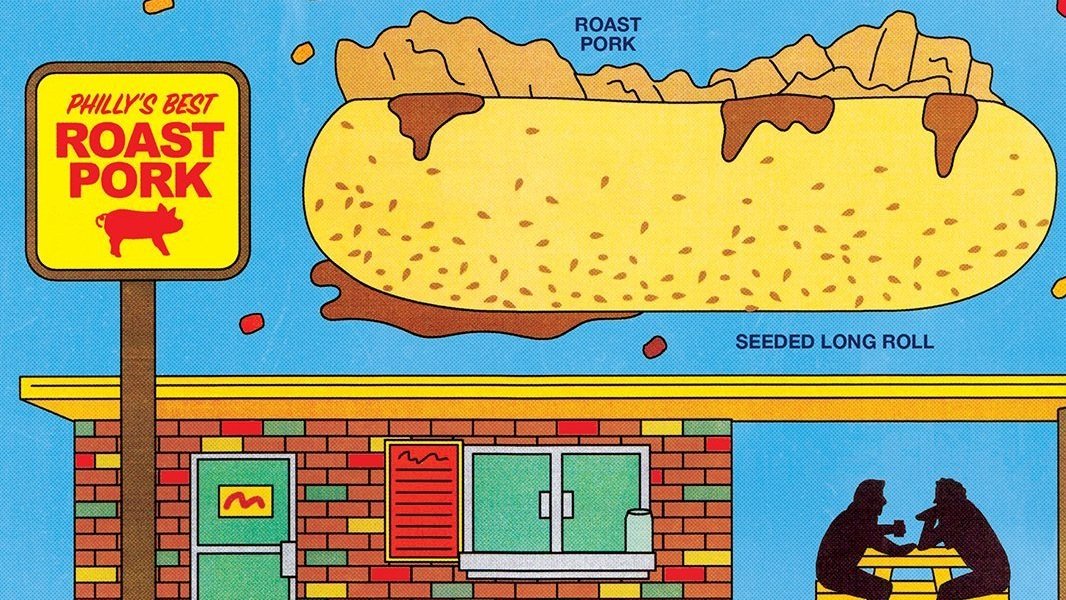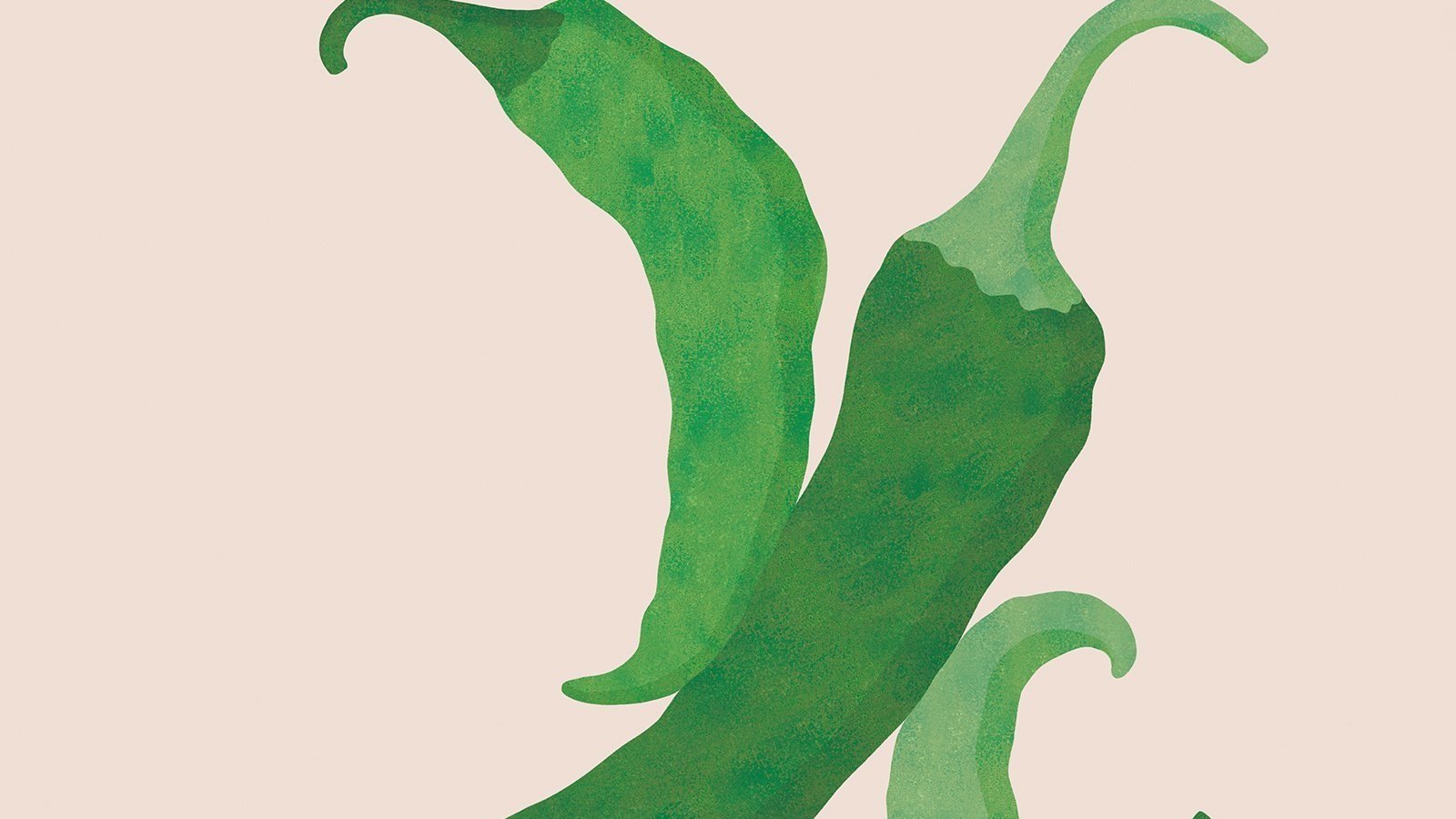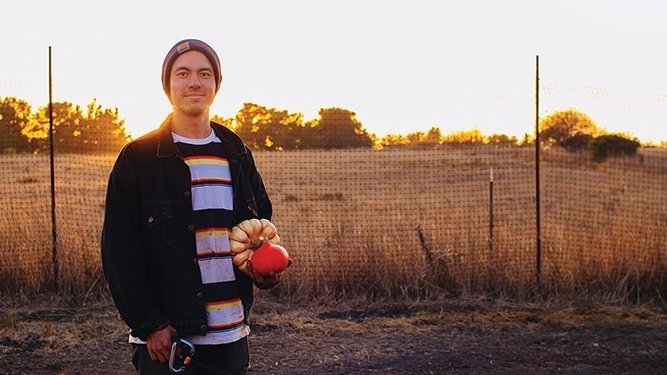The Youthful Mountain Of Modern Farming
Text by Anna Sulan Masing Photography © Kendrick Brinson
Meet the indie farmer shaking up California’s food scene: Scott Chang-Fleeman
The story of Scott Chang-Fleeman is one of diaspora and, like the hero of issue 2 the bánh mì, it is a story about being the product of your space and making that space your own.
Originally from Los Angeles, Scott is third-generation Chinese American and a farmer in Bolinas, a town northwest of San Francisco. He has just finished the first season on his farm Shao Shan; Scott grows vegetables and is focused on reconnecting with his Chinese heritage. Shao Shan is the Chinese name his grandmother had given him, meaning “youthful mountain”.
While interning on the farm and garden program at the University of California Santa Cruz, Scott grew choy sum. Encouraged by his college mentors, he sent samples to chef Brandon Jew of Michelin-starred Chinese restaurant Mister Jiu’s in San Francisco. Enamoured with the produce, Brandon helped Scott to start his own space: “He literally gave me seed money!” Scott laughs, explaining that, along with the funds secured from a crowdfunding campaign, he was able to lease a five-acre plot. He has been working on just over one acre of farmland for his first harvest and plans to develop slowly.
So why is this 25-year-old Chinese American man, who grew up in the City of Angels, becoming the go-to for fresh and organic Asian heritage produce? Without conflating a whole continent of migrants to the US into one identity, understanding the area of California and its history, and the complexity of Asian migrants to it, helps clarify why Shoa Shan farm makes sense now. And, why Scott is also the (current) answer for those cooking with Asian heritage vegetables.
To give context to Scott’s endeavour we do need to examine modern migration to the area. Chinese have been immigrating to California since the eighteenth century, as sailors and merchants, sometimes encouraged by American missionaries in China. Then came the California Gold Rush, when Chinese men came for gold but were also incorporated into massive labor camps to build the great the Pacific railways. This first wave of Chinese immigrants faced huge—often violent— discrimination, which eventually led to laws banning their migration from the late nineteenth century and into the twentieth.
Along with the new transcontinental railroads came a demand for farmed produce out of lush and sunny California. In the book Working People of California, academic Sucheng Chan discusses the huge impact of Chinese immigrants on the area’s agriculture, bringing farming skills from home, and “[the]Chinese had also carved a niche for themselves as vegetable vendors manning stationary stalls”. In the early twentieth century Japanese migrants started paving ways within the agricultural field in California too. A little too successfully, according to the white population, as the California Alien Land Law in 1913 banned the Japanese from purchasing land in an attempt to stop the independent farms that the Japanese were founding. In this early twentieth century landscape of agricultural boom, many new migrants came from east, south east and south Asia, and so communities grew centered around tilling the soil and growing food.
“If there is one thing that refugees and immigrants will never give up, it’s their food culture.”
– Beth Nguyen
When the Vietnamese people came to California after the fall of Saigon in 1975, professor Beth Nguyen wrote for the Museum of Food & Drink, that these new immigrant communities established themselves across areas, and anchored themselves around, already established Asian food markets. “If there is one thing that refugees and immigrants will never give up,” she writes, “it’s their food culture”.
This swift charge through time anchors Scott’s work in a long history of Asian agriculture in the US, and helps to understand how the work of Asian migrant communities in California – in and around food – have bolstered future Asian American communities. “I had prioritized my American culture, and things had gotten lost along the way,” he says, “my family having been in California for so many generations a lot of cultural identity gets naturally lost through assimilation.”
Although Scott’s work means that he has become a go-to for various Asian heritage vegetables, he is very clear about not wanting to be a catch all. This is a project about his re- connection to heritage, but he sees this as a route for other Asian Americans to find ways into their own identity. “If I saw young white farmers growing chai sum, I wouldn’t think that was cool,” Scott explains, and so what he wants to do instead is to help change a narrative of what and who can be part of the farming community.
Therefore, it is also about re-examining how food in American is seen. “There has been a devaluation of Chinese food and produce. We expect it to be cheap,” says Fleeman. But, with more Asian food becoming mainstream – Scott cites TV shows such as David Chang’s Ugly Delicious, which is how he discovered Mister Jiu – and the shift in financial and cultural capital of second and third generation migrants, these ideas of value can be addressed. “When I first ate gai lan that I had grown, I was shocked. It was like a different vegetable. It was so delicious,” Scott said. Asian Americans are now shopping at farmer’s markets, they want quality, organic vegetables, Scott says. He wonders: “Why not have the vegetables of their [own] heritage in these spaces?”
Looking to the future Scott remarks, “I really enjoy being at the farmer’s markets, seeing who buys my produce and talking about how they use it. I can’t imagine a farm that is more than five employees or 20 acres. Instead I would rather be part of building a movement of more independent Asian American farmers.”
Mas Masumoto, owner of third-generation organic peach and grape family farm in California writes in ‘Letters to a Young Farmer’, addressed to his daughter Nikiko, “your grandfather left his fingerprints all over this land. [And] we believed in keeping old heirloom peach and nectarine varieties the world had forsaken. We too become forsaken, but with luck and sweat, we found home for the homeless [...] I leave behind stories. A tale you’re now part of, a narrative you’ll write with your own words.” The etching of self into a landscape, of grounding and finding space to belong, is the work that migrants do.
As Scott builds his story into his farmland, his Instagram allows the rest of the world to see his story too. It is a story that tracks through generations, with a revelation about where his grandfather was from – a story that the family had not known. It is a story of the ‘every farmer’ — the highs the lows, the broken machinery and the much-needed support system. “It’s been a hard year,” he admits. “I have never eaten so badly!”. And you can see his gratitude at small surprises from other farmers, aunties and friends, and his dog Oli. It is a story of Scott’s own creation, built on heritage, history, and his perspective on the world.
















